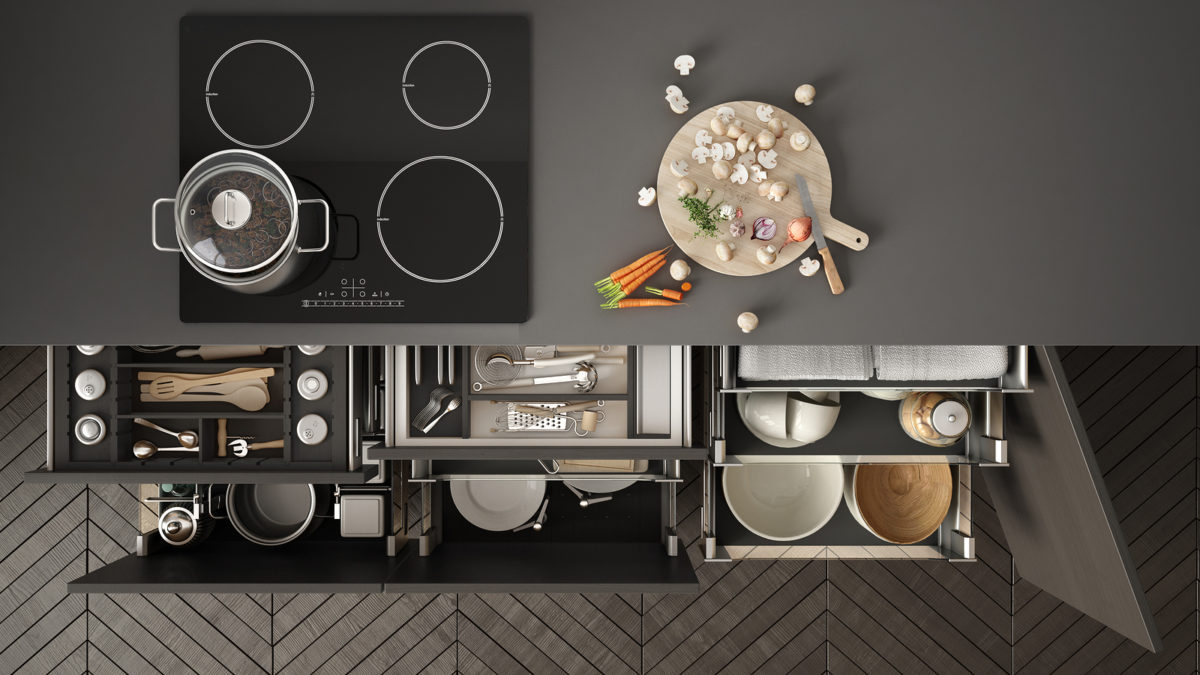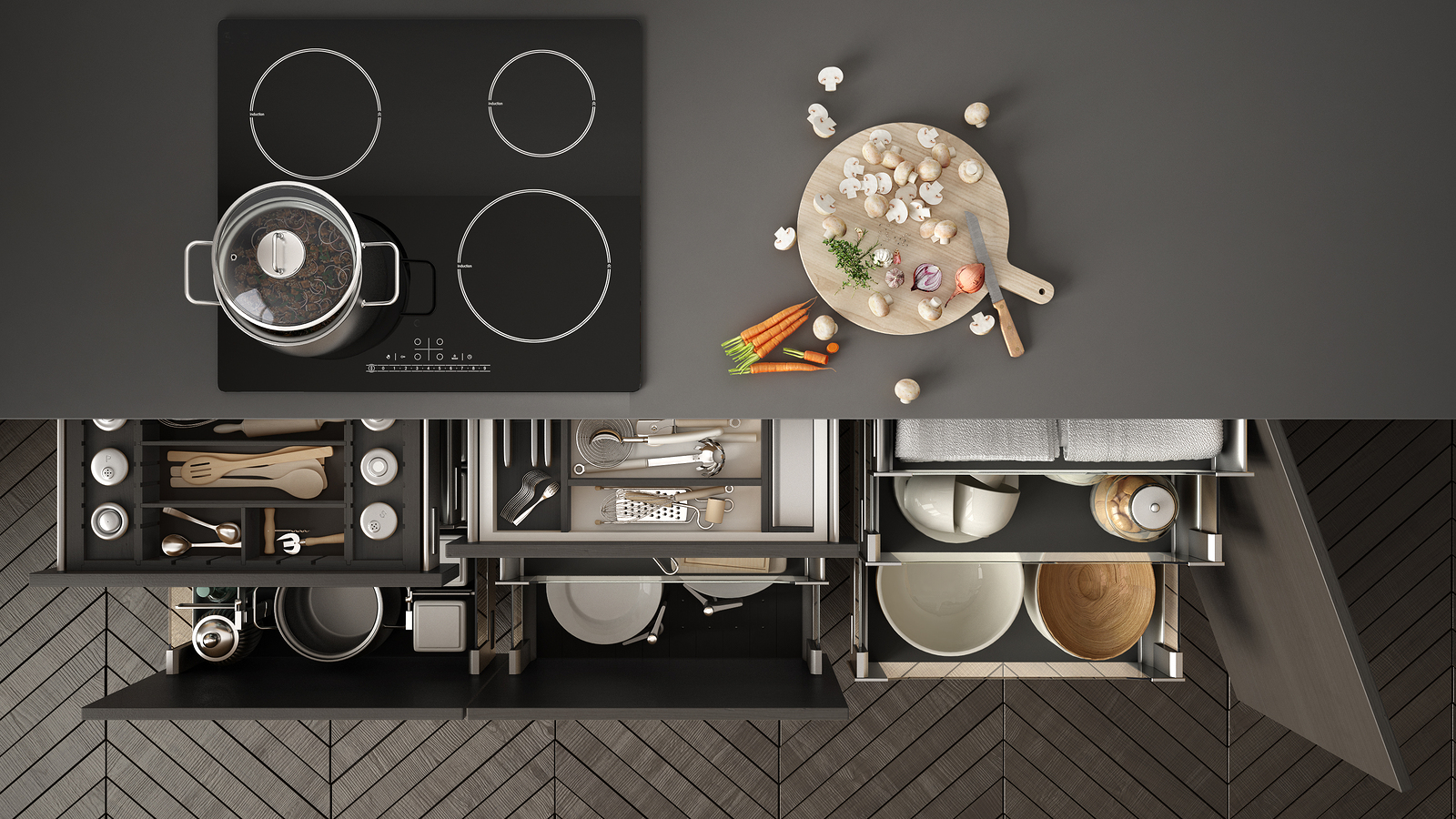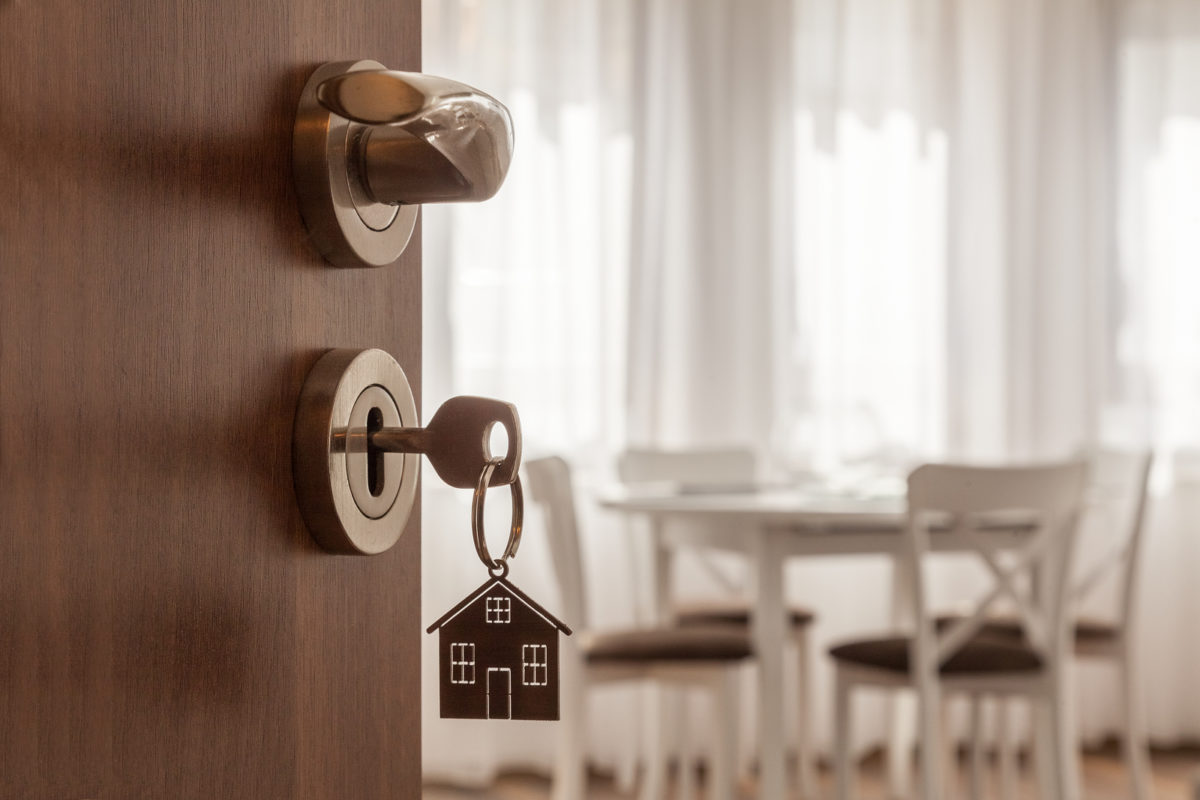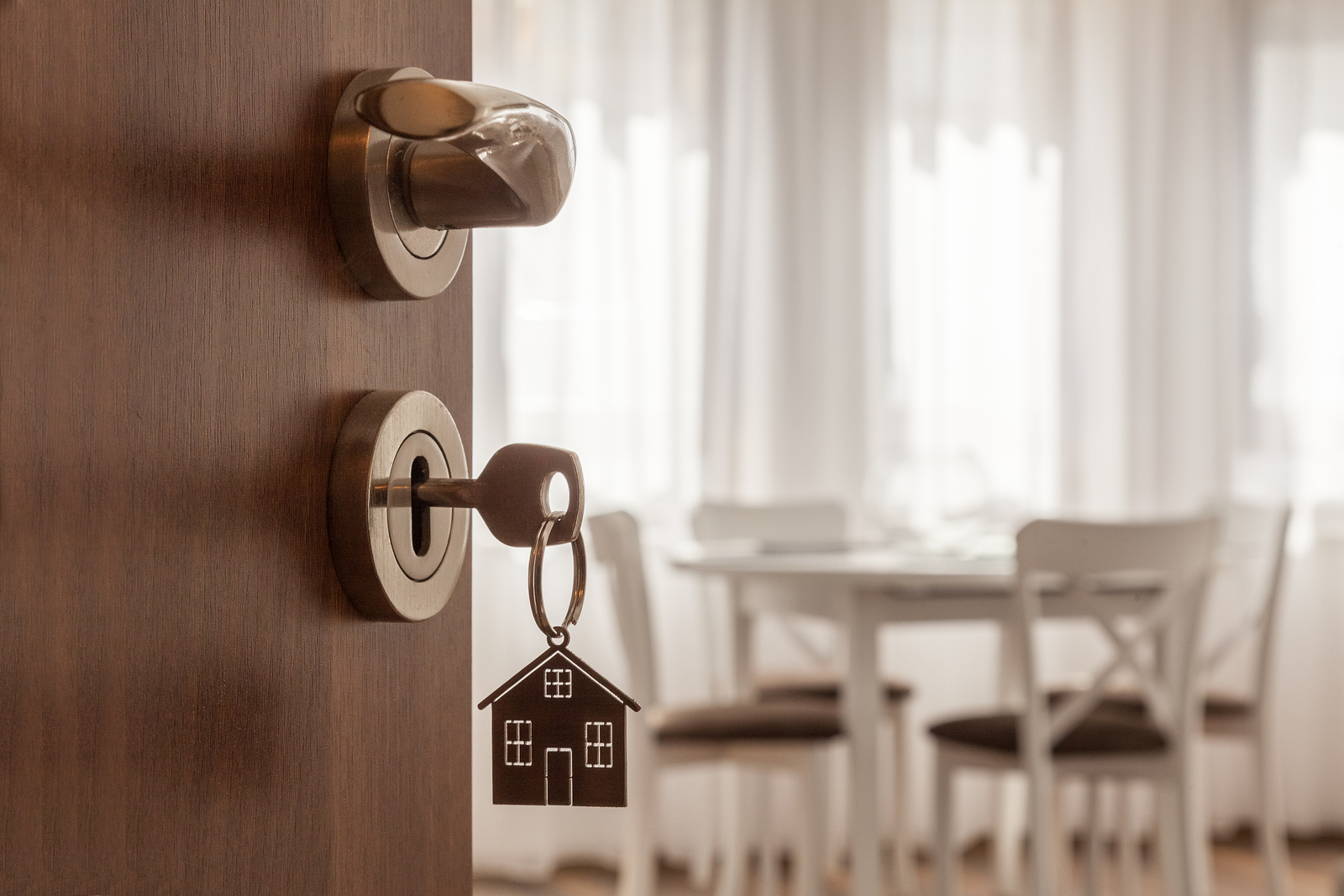
So, you’ve heard that home prices are falling, the inventory of available homes is beginning to grow and, if you look closely, you’ll see a crack beginning to form in that once-fiery sellers’ market.
Whereas in the recent past, homebuyers were a dime a dozen, you may just be on the precipice of being an in-demand commodity and, with that status, comes power.
It’s already begun in the new-home market, with builders and developers offering buyers (and their real estate agents) attractive incentives. The resale market is expected to catch up, so let’s get you prepared to get the best deal possible when you buy a house.
1. Why are they selling?
There are a number of reasons people sell their homes and a seller’s reason, or motivation as it’s known in the real estate industry, is powerful information in the hands of the buyer.
It’s not easy to learn a seller’s motivation, but it’s not impossible either. The key is to be face-to-face with the seller, a situation often discouraged by real estate agents.
If you or your agent can arrange a meeting, however, (perhaps during a tour of the home), strike up a conversation. “How long have you lived here?” can lead to an opening for the “and why are you moving, if you don’t mind my asking?”
If you can’t meet with the owner in person, try asking the neighbors. Take a weekend walk through the neighborhood, stopping to chat with folks working on their cars, in their yards or playing with their kids.
Let them know you’re thinking of buying the neighbor’s home and ask if they’d mind answering some questions about the neighborhood. During the conversation, ask if they know why their neighbor is selling. You’d be surprised how much neighbors know about one another.
If the homeowner is selling because of a divorce or job relocation they may be in a bit of a hurry to sell. This is information we can use in structuring your offer (offering a quick close, for instance) to soften the blow of a lower price.
2. How long has the home been on the market?
This is information that we can get for you from our MLS. Why is this information important?
Recently listed homes are still in their “honeymoon” phase with buyers and agents. There is a lot of activity surrounding a new-to-the market home so the seller has very little motivation to accept a low offer.
As the home sits on the market with few offers, the seller may become more desperate to sell and, thus, more likely to entertain a lower sales price.
We can also let you know the average number of days homes in the neighborhood remain on the market. If the home you have your eye on has been listed for longer than that, you may be dealing with a very motivated seller, putting you in a strong negotiating position.
3. Study the pricing history
We’re happy to look up the pricing history of homes you’re interested in. From the time the home is first listed, the MLS will show us how many price changes have occurred, whether they were price hikes or reductions.
A seller who has reduced the home’s price more than once is a seller who needs to get the home sold.
4. Soften the blow of a low-ball offer
Ask for everything in the offer to purchase. That’s right, EVERYTHING. Even if you don’t want their furniture and appliances, ask for them.
Ask for the drapes, the barbecue, everything you can think of to put the sellers in overload. You want to divert their attention away from the low price you are offering and toward all their “stuff.”
Once the bartering begins all of their focus will be on trying to hang on to their backyard furniture, not that you’ve offered several thousand dollars less for the home than what they are asking.
Compromise with them; you didn’t really want all those items anyway. Keep your eye on what it is that you really want: your price.
No, it doesn’t always work, but in the end, you might get that price and maybe even a few appliances as well.
One more tip about what to include in the purchase offer: make sure you don’t give the sellers too much time to think about it. A 24-hour acceptance request is quite common and a strategic move in your position as a bargain hunter.
5. Get help with your closing costs
Getting the best deal on a home doesn’t always mean getting the home for a discounted price. If the seller won’t budge on price and you truly want the home, we’ll find ways for you to save money in other parts of the transaction.
One of the easiest is to negotiate closing costs by asking the seller to pay them. Sure, some will balk at this. Others might raise the sales price of the home to absorb the costs.
The danger in the latter scenario is that the new price may exceed market value and not meet the bank’s appraisal amount.
Put yourself in the seller’s shoes. The sale of a home is often an emotional event. The right real estate agent in your corner will be able to negotiate on your behalf while appealing to the sellers’ emotions.





















